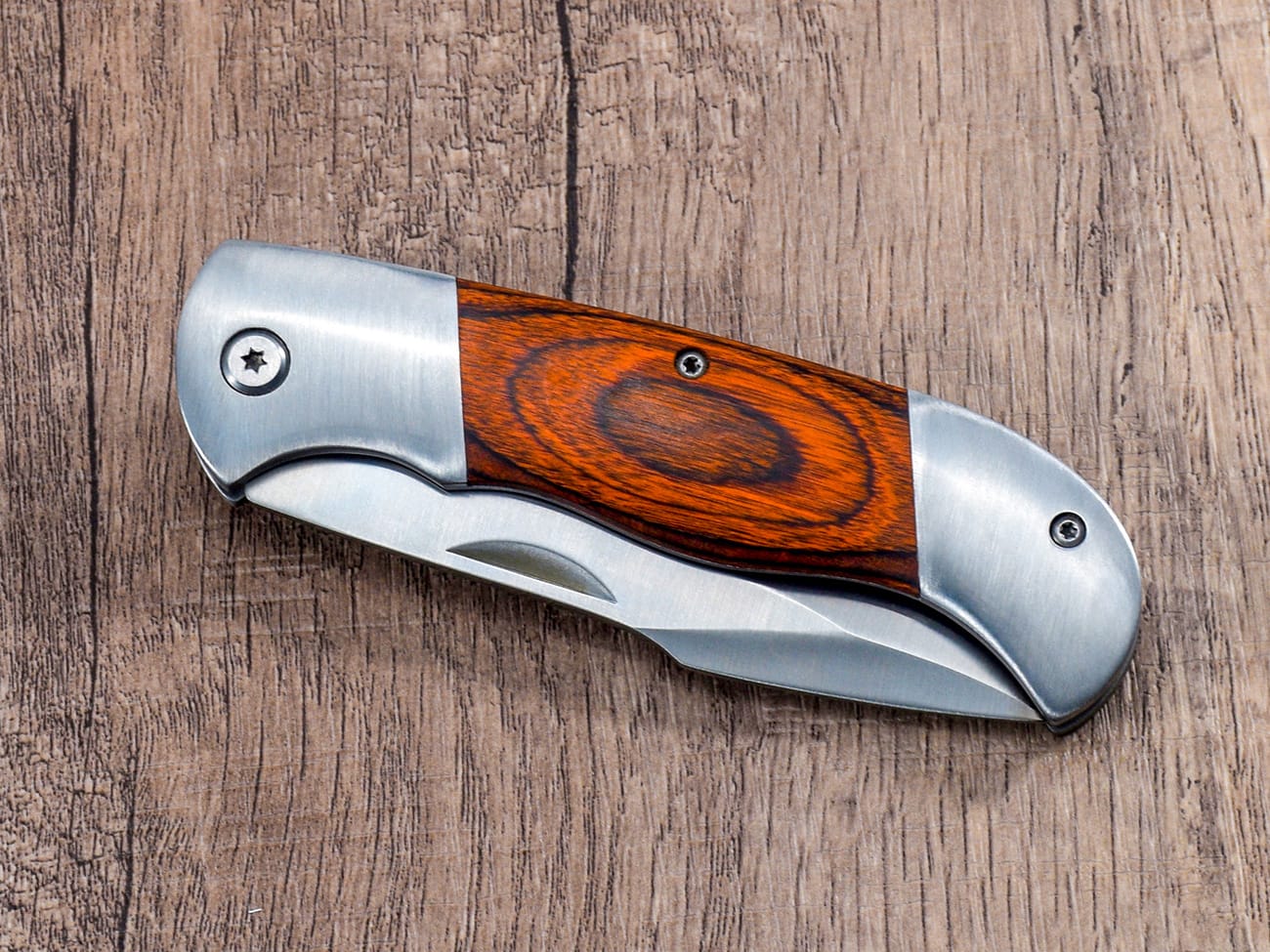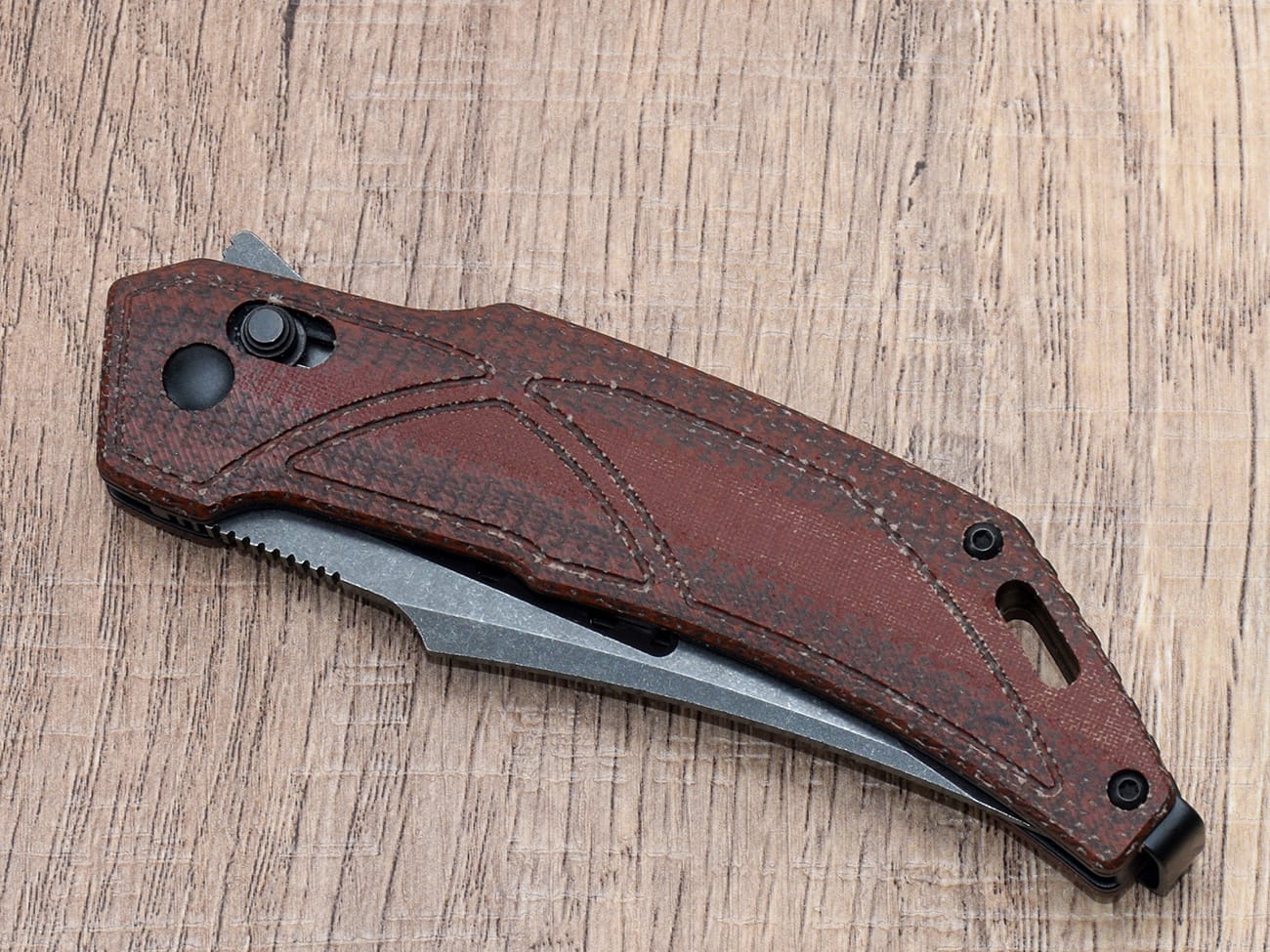Serrated knives are essential tools in any kitchen, prized for their ability to slice through tough-skinned fruits, crusty bread, and other challenging foods with ease. However, maintaining their sharp edge can be a daunting task for many home cooks. This comprehensive guide will walk you through the process of sharpening a serrated knife, ensuring your blades stay razor-sharp and perform at their best. Whether you’re a culinary enthusiast or a professional chef, mastering this skill will extend the life of your knives and enhance your cutting experience.
Why Sharpening Your Serrated Knife Matters
Serrated knives are often overlooked when it comes to sharpening, as many believe they stay sharp forever. While it’s true that serrated edges tend to maintain their cutting ability longer than straight edges, they do eventually dull and require attention. A sharp serrated knife not only makes cutting tasks easier but also safer, as you’ll need to apply less pressure when slicing. Regular maintenance of your serrated blades will ensure they continue to perform well for years to come.
Understanding Serrated Knife Anatomy
Before diving into the sharpening process, it’s crucial to understand the unique structure of a serrated knife:
- Serrations: The saw-like teeth along the blade’s edge
- Gullets: The curved recesses between each serration
- Bevel: The angled surface of the serrations, typically ground on one side
- Flat side: The opposite side of the blade, which is usually smooth
Knowing these parts will help you sharpen your knife more effectively and maintain its original design.
When Is It Time to Sharpen Your Serrated Knife?
How do you know when your serrated knife needs sharpening? Here are some telltale signs:
- The knife struggles to slice through bread without crushing it
- You find yourself applying more pressure than usual when cutting
- The blade tears or shreds food instead of making clean cuts
- You notice visible damage or wear on the serrations
If you observe any of these symptoms, it’s time to sharpen your serrated knife.
Tools You’ll Need to Sharpen a Serrated Knife
To sharpen your serrated knife effectively, you’ll need the following tools:
- A tapered sharpening rod (ceramic or diamond)
- A fine-grit sharpening stone (optional)
- A strop or leather belt (optional)
- A cutting board or towel for workspace protection
- Safety gloves (recommended)
Investing in quality sharpening tools will make the process easier and more effective.
Step-by-Step Guide to Sharpening a Serrated Knife
Now that you’re prepared, let’s walk through the sharpening process:
1. Prepare Your Workspace
Start by setting up a clean, well-lit area. Place a cutting board or towel on your work surface to protect it and provide stability. Put on safety gloves if you’re using them.
2. Identify the Beveled Side
Examine your serrated knife to determine which side has the bevel. This is typically the right side for right-handed knives and the left side for left-handed knives. You’ll focus on sharpening this side.
3. Select the Appropriate Sharpening Rod
Choose a tapered sharpening rod that fits comfortably in the gullets of your knife. Ceramic rods are gentler and suitable for regular maintenance, while diamond rods are more aggressive and better for heavily dulled blades.
4. Sharpen Each Serration Individually
Starting at the base of the blade near the handle:
- Insert the tapered rod into the first gullet, matching its angle to the bevel (usually around 13-17 degrees).
- Draw the rod across the bevel from base to tip, applying light pressure.
- Repeat this motion 3-5 times for each serration.
- Move to the next gullet and repeat the process.
Be consistent with your angle and pressure to ensure even sharpening across all serrations.
5. Check Your Progress
After sharpening a few serrations, test the knife’s sharpness on a piece of paper or tomato. If it cuts cleanly, continue with the rest of the blade. If not, adjust your technique and try again.
6. Address the Flat Side (Optional)
While most of the sharpening occurs on the beveled side, you may need to remove any burrs that have formed on the flat side:
- Lay the flat side of the blade against a fine-grit sharpening stone.
- Gently draw the blade across the stone a few times, keeping it flat.
- This step helps maintain the knife’s overall geometry and removes any residual metal.
7. Strop the Blade (Optional)
For a final polish:
- Draw the beveled side of the blade across a leather strop or belt.
- Use light pressure and maintain the bevel angle.
- This step helps align the edge and remove any remaining burrs.
8. Clean and Test Your Knife
Wash your newly sharpened knife with soap and warm water, then dry it thoroughly. Test it on a variety of foods to ensure it’s performing well.
Common Mistakes to Avoid When Sharpening Serrated Knives
Be aware of these pitfalls to maintain your knife’s integrity:
- Over-sharpening: Don’t remove more metal than necessary. Light, regular maintenance is better than aggressive, infrequent sharpening.
- Incorrect angle: Failing to match the original bevel angle can alter the knife’s cutting performance.
- Neglecting the gullets: Ensure you sharpen the entire serration, including the depth of each gullet.
- Using the wrong tools: Avoid using sharpening tools designed for straight edges on serrated knives.
Professional Sharpening vs. DIY: When to Seek Expert Help
While many home cooks can successfully sharpen their serrated knives, there are times when professional help is warranted:
- If you have expensive or high-end knives
- When dealing with severely damaged or neglected blades
- If you’re uncomfortable with the sharpening process
- For knives with complex or unusual serration patterns
Professional knife sharpeners have the expertise and specialized tools to handle challenging cases and can often restore even heavily worn serrated knives to like-new condition.
Maintaining Your Serrated Knife Between Sharpenings
To keep your serrated knife performing well between sharpenings:
- Use it properly: Avoid twisting or applying lateral pressure while cutting.
- Clean and dry immediately after use: Prevent corrosion and staining.
- Store it safely: Use a knife block, magnetic strip, or blade guard to protect the edge.
- Use a honing steel regularly: While it won’t sharpen serrations, it can help maintain the edge.
- Cut on appropriate surfaces: Use wooden or plastic cutting boards to prevent unnecessary dulling.
Conclusion: Keeping Your Serrated Knives Sharp and Effective
Sharpening a serrated knife may seem daunting at first, but with practice and the right tools, it becomes a manageable task that can significantly extend the life of your blades. By following this guide and maintaining your knives regularly, you’ll ensure that your serrated knives remain sharp, safe, and ready for any culinary challenge.Remember these key points:
- Understand your knife’s anatomy and when it needs sharpening
- Use the right tools and techniques for serrated blades
- Focus on sharpening each serration individually
- Maintain consistent angle and pressure throughout the process
- Clean and store your knives properly to preserve their edge
With these skills in your culinary arsenal, you’ll always have a sharp serrated knife ready to tackle any cutting task in your kitchen.

For those interested in expanding their knife collection or looking for high-quality serrated knives, consider exploring our selection of custom folding knives with pakkawood handles. These knives offer exceptional craftsmanship and durability, making them an excellent choice for both home cooks and professional chefs.If you’re looking for a versatile knife that combines the benefits of a serrated edge with the convenience of a folding mechanism, our 8cr13mov steel folding knife with wooden handle and pocket clip might be the perfect addition to your kitchen or outdoor gear.For those who prefer a more traditional approach, our custom hunting knife with pakkawood handle and sanded blade offers exceptional quality and precision, ideal for various cutting tasks both in and out of the kitchen.Remember, a well-maintained knife is a joy to use and can significantly enhance your cooking experience. Whether you’re a seasoned chef or a home cooking enthusiast, investing in quality knives and learning proper sharpening techniques will serve you well in all your culinary endeavors.




